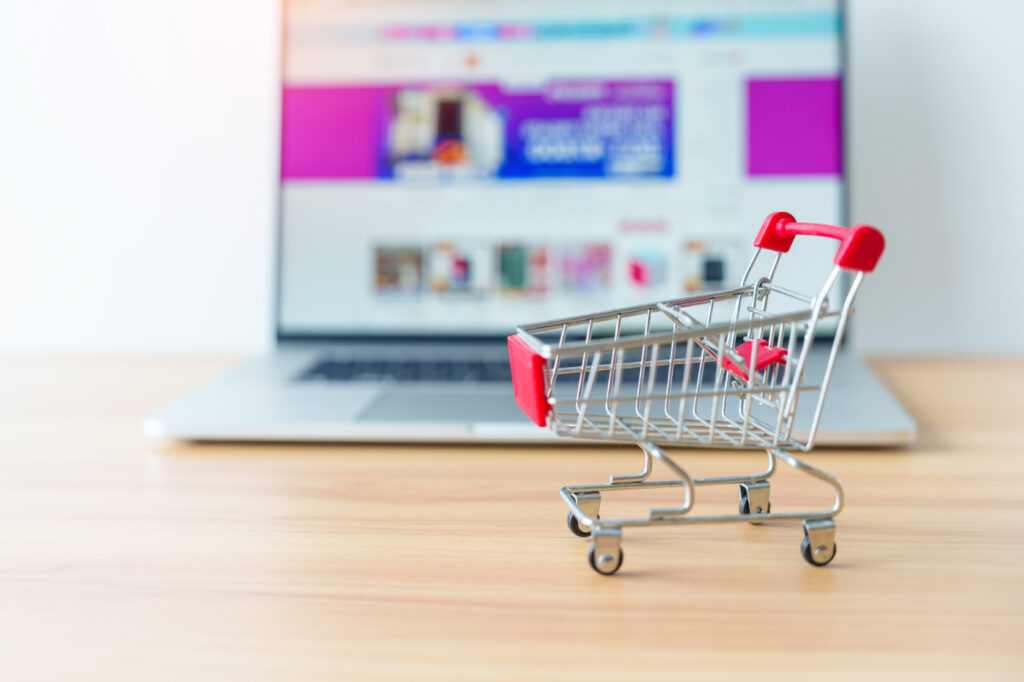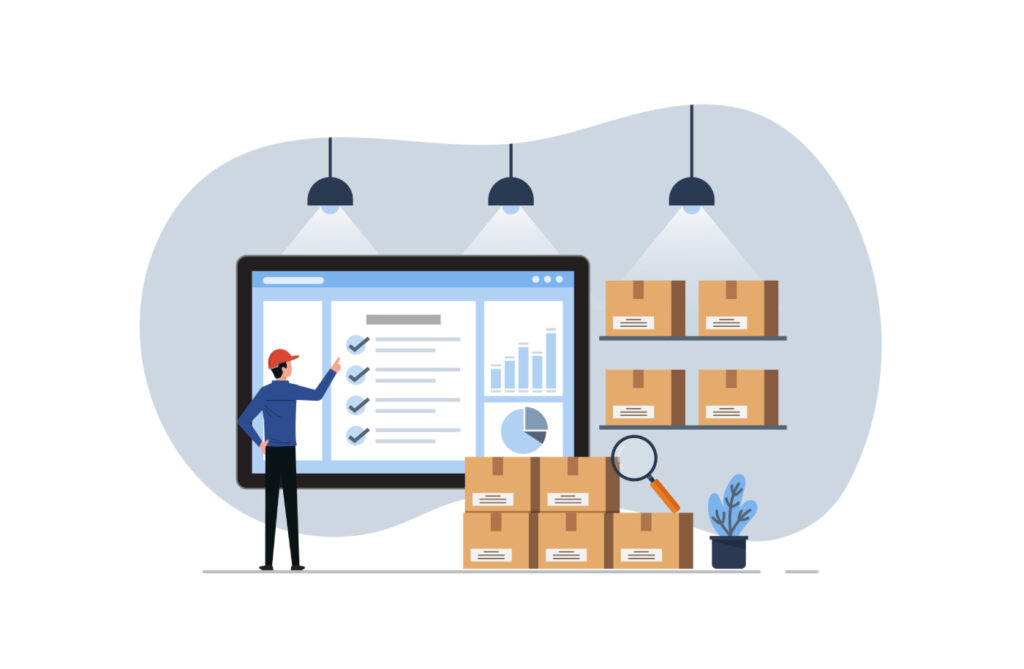The hospitality and restaurant industry has gone through many changes in the past few years, but the point of sale (POS) software that restaurants use to run their businesses has kept pace, improving both their features and hardware. Many restaurant POS systems now offer online ordering and menus as standard features, for example. These tools keep restaurants of all sizes running despite the challenges presented by COVID and the subsequent rise in online orders.
This list contains restaurant POS systems for every business size and type, emphasizing where each vendor excels within the industry. Based on our analysis of more than 20 titles, here are our choices for the best restaurant POS systems in 2024:
Also read: Retail POS Software Guide
Target users
Key features
Online integration
Reporting
Pricing
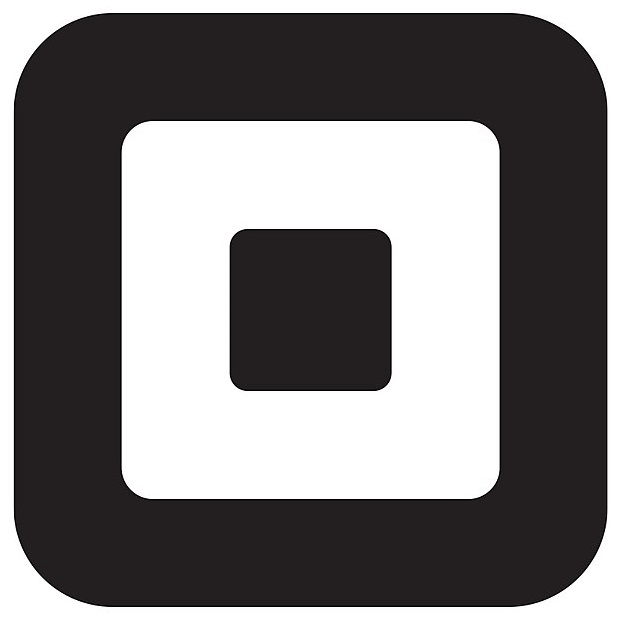
Square
Small to medium-sized restaurants, cafes
Free baseline subscription, payment processing, online sales integration
Free online ordering, seamless e-commerce and social media integrations
Limited compared to competitors
Transparent, no monthly fees for basic service

SpotOn
Diverse restaurant types, customer engagement focus
Customizable interface, customer engagement tools, online ordering
Strong online ordering and delivery integrations
Actionable sales trends, operational efficiency data
Requires personalized quotes, less transparent
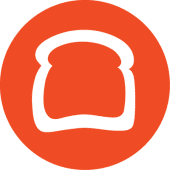
Toast
Full-service and quick-service restaurants
Integrated online ordering, loyalty programs
Strong online ordering and delivery integrations
Detailed reporting and analytics
$0 down option available. Also offers core and custom tiers

Clover
Small to medium-sized businesses
Customizable hardware, app marketplace
Extensive app marketplace for third-party integrations
Customizable reports, analytics
Customizable plans, varies based on hardware and apps
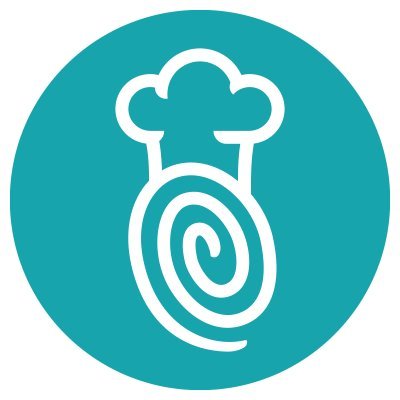
TouchBistro
Full and quick-service restaurants, particularly iPad users
Tableside ordering, menu management
Limited compared to others
Detailed reporting and analytics
Starting at $69/terminal/month

Lightspeed
Varied restaurant types, adaptable for different sizes
Comprehensive menu and table management, inventory, multi-location support
Strong third-party application integration
In-depth insights into sales, customer behavior
Several tier options for businesses of every size
Our picks for the top POS systems for restaurants
Square: Best for a variety of hardware options
Pros
Cons

Our Rating: 4/5
Square started out as a financial services company specializing in payment processing but has since expanded into making POS software for business owners of all types. The Square POS terminal for restaurants manages in-person and online ordering, payment processing, and customer loyalty programs. Use the hardware tools for counter service or full-service restaurants. Ingredient level inventory requires a third-party integration.
SpotOn: Best for customer engagement
Pros
Cons

Our Rating: 3.9/5
SpotOn POS is a user-friendly, modern system for handling sales and customer payments in different types of businesses, like restaurants, stores, and salons. It’s gained popularity, in large part, because it can be customized to fit exactly what each business needs.
For restaurants, SpotOn is especially popular. It helps manage tables, lets customers order online, and even allows you to change your menu easily. It’s not just for restaurants though; all kinds of businesses can use it to make sales and take payments easily.
One of the standout features of SpotOn is how it helps you understand and keep track of your customers. It has tools for building loyalty programs and sending out marketing messages, as well as other strong pay-as-you go marketing tools.
SpotOn also offers different types of equipment, like portable devices for taking orders right at the table in a restaurant, or regular cash registers. Plus, it works well with other software you might already be using such as reservation systems like Resy, inventory management like Craftable, or accounting software like Quickbooks.
However, the one real weak spot in SpotOn is ingredient-level inventory management. That is one of the few tools that SpotOn has not built into the restaurant POS.
Toast: Best for payroll and scheduling
Pros
Cons

Our Rating: 3.8/5
Toast POS is full-service restaurant software designed to manage both front of house and back of house functions seamlessly, improving customer service. Manage inventory, online ordering, and employee time clocks in a single interface.
Also read: What are the Different Types of POS Systems?
Clover: Best for customizability
Pros
Cons

Our Rating: 3.7/5
Clover POS software works for counter service and full-service restaurants, and it supports online ordering. There are no extra fees for additional users, making it a good restaurant POS system for growing businesses. You can purchase hardware for a cash register or use an iPad POS at your counter for payment processing. The customer loyalty tools are built right in, so you can follow up for reviews, send coupons, and communicate changes quickly. Clover may be light on features, but it integrates with a lot of marketing and accounting tools.
TouchBistro: Best for ease of use
Pros
Cons

Our Rating: 3.6/5
TouchBistro is restaurant point-of-sale software for counter service shops, full-service restaurants, and everything in between.
Purchase the base POS solution to manage your menu items and services, and choose from several add-ons to customize the package, including hardware. Use the tableside ordering tool with a tablet to get orders to the kitchen quickly and improve your customer service. Display the current menu with digital signage, and use the table management features to customize your floor plan. There’s even a kiosk feature for self-service in busy fast-casual restaurants.
Lightspeed: Best for inventory management
Pros
Cons

Our Rating: 3.5/5
Lightspeed is a full-service restaurant POS system that has menus, customer loyalty, inventory management, POS hardware, and mobile ordering features for single and multi-site restaurants.
The software can handle online reservations, and employees can plan the night’s turns with the flexible floorplan tool and table management system. Connected cash drawer, inventory, and employee management tools keep all major management tasks in a single interface. After acquisitions, both Upserve POS and ShopKeep are now part of Lightspeed.
Key components of restaurant POS systems
A restaurant Point of Sale (POS) system is a critical tool for managing various aspects of restaurant operations. It consists of several key components.
Hardware
This includes items like touchscreen displays, cash drawers, receipt printers, barcode scanners, and card readers. These physical components are essential for the day-to-day transactions and operations within a restaurant.
Software
At the core of the POS system, the software manages transactions, tracks sales, controls inventory, and provides analytics. It is the brain of the system, enabling efficient management of restaurant operations.
Payment processing
Integrated payment processing in POS systems allows for handling different forms of payment, such as cash, credit/debit cards, and mobile payments. This integration is crucial for facilitating smooth transactions.
Customer management
Features that assist in managing customer relationships are integral to POS systems. They store customer contact information, purchase history, and preferences, which can be leveraged for marketing and improving customer service.
Reporting and analytics
POS systems offer tools for analyzing sales data and generating reports. This function is vital for informed decision-making, as it provides insights into business performance.
Also read: Best POS Software Choices for Customer Rewards
Benefits and challenges of using a restaurant POS
| Benefits | Challenges |
| POS systems enhance the speed and accuracy of service by facilitating direct transmission of orders to the kitchen, minimizing errors. | Some systems require proprietary hardware, which might be a constraint for establishments with existing hardware. |
| They contribute to faster transaction processing and can track customer preferences, enhancing the dining experience. | Cloud-based POS systems depend on a stable internet connection, which can be a limitation in areas with connectivity issues. |
| POS systems provide robust features for tracking stock levels and usage patterns, aiding in reducing waste and ensuring readiness for restaurant needs. | Implementing a new POS system can be complex, and staff may require training to use it effectively. |
| Implementing a new POS system can be complex, and staff may require training to use it effectively. | As POS systems handle sensitive payment information, ensuring robust security measures is essential to protect customer data. |
Finding the right restaurant point of sale system for your business
From the feature-rich traditional systems that anchor large-scale operations to the agile and innovative cloud-based and mobile systems that are revolutionizing small and medium-sized establishments, the options for restaurant point-of-sale systems are vast and tailored to meet every conceivable need.
The key lies in identifying a system that aligns with your current operational requirements and scales with your aspirations and growth. With the right POS system, restaurants can transcend the traditional boundaries of service and efficiency, charting a course towards streamlined operations, enriched customer experiences, and, ultimately, a more profitable and sustainable business model.
In an industry where every second and every interaction counts, the choice of a POS system is a cornerstone of your restaurant’s identity and success.
FAQs

Toast vs Square: Best Restaurant POS System in 2024
Both Square and Toast have taken sizeable bites out of the POS market share. But which one is right for your business? See our in-depth comparison below.
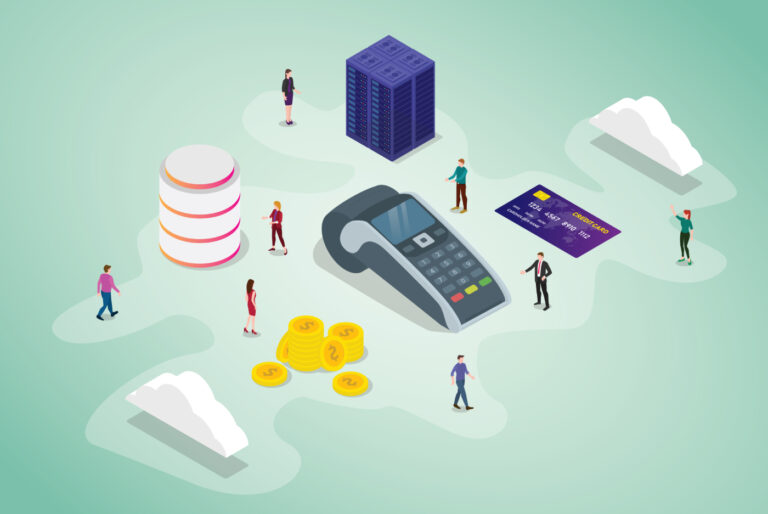
What is a POS System? Overview, Meaning & Best Practices
A point-of-sale (POS) system is a software and hardware bundle that acts as the nerve center of brick-and-mortar businesses. POS systems improve operational efficiency and customer satisfaction and offer data for informed decision-making.

What Is Square? POS System Explained
While Square is best-known for its square-shaped mobile card reader, it offers a full ecosystem of business tools.
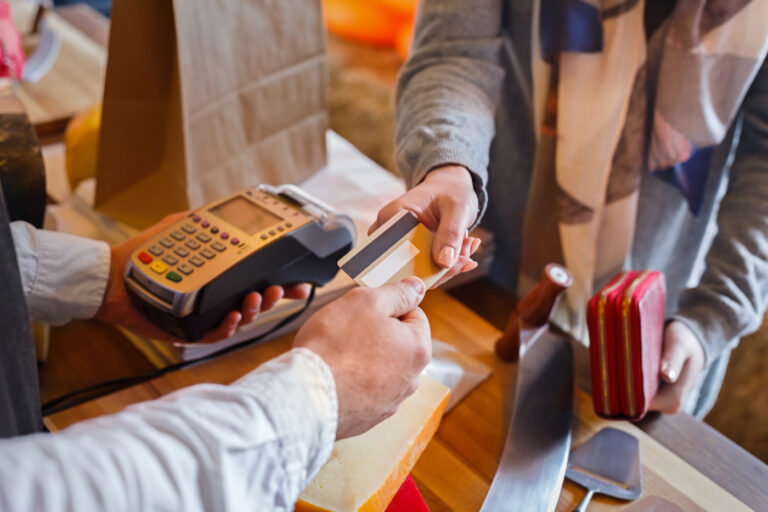
Best Cash Registers for Small Businesses in 2024
The best cash registers for small businesses are often POS systems that combine traditional simplicity with advanced functionalities.

5 Best Salon POS Systems for 2024
Are you in the market for a salon POS system? See our list of the best software based on pricing, features, and our hands-on experience.

Best Mobile POS Systems for 2024
Looking for the best mobile POS for your business? We’ve picked most user-friendly & reliable mobile system to help you decide.




